Want to Subscribe?
Read Corporate India and add to your Business Intelligence

![]() Unlock Unlimited Access
Unlock Unlimited Access

Published: Aug 31, 2022
Updated: Aug 31, 2022
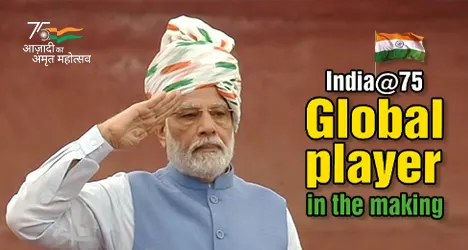
Seventy-five years after Independence, there cannot be a greater contrast in the various parameters of the country's economy. From a GDP of just Rs 2.7 lakh crore then, India's GDP is approaching Rs 150 lakh crore. At $ 3.7 trillion today, the Indian economy is ranked behind only the US, China, Japan, Germany and the United Kingdom.
From being forced to pledge gold to raise foreign exchange in the early days, India today has the fourth largest forex reserves in the world. From having to beg the US for food aid under PL-480 in 1950, we are today a foodgrains-surplus nation.
The same quantum leap can be seen in areas like milk production, roads, electricity, education, automobiles and air travel. Prime Minister Narendra Modi is now dreaming even bigger with his initiatives like 'Make in India' and his push to MSMEs and start-ups. His vision for fellow-Indians, especially the youth, is building a culture where jobs should not be a default career choice and entrepreneurship is encouraged.
As India marks the 75th anniversary of the breaking of colonial British shackles and emerging as a free nation, an occasion dubbed by the Union government as ‘Azadi ka Amrit Mahotsav’, Prime Minister Narendra Modi has his sights set on a new India of his vision —modern, digital and with a $ 5 trillion economy. Mr Modi is upbeat about the target being met soon, as the country’s economy is expected to grow by more than 7 per cent this year, making it the fastest expanding economy in the world, sidelining even the developed Western economies. India is also set to be the world’s fifth largest economy this year, when only a decade ago it was not even among the top ten!
Comments Morgan Stanley economist Chetan Arya, “The Indian economy is set for its best run in over a decade, as pent-up (post-pandemic) demand is being unleashed.” He adds, “Corporate balance sheets are healthy and business confidence is strong.”
The country’s rebound from the disastrous Covid-19 pandemic, that sent millions of Indians as well as the economy into a tailspin, has been enviably robust, reinforcing India’s claim to be a global powerhouse.
During the last 75 years – since the country’s first Prime Minister Jawaharlal Nehru started his speech with the immortal lines, “At the time the world sleeps, India will awake to life and freedom..”, to the ambitious road map laid out by current Prime Minister Narendra Modi — India has undergone a tremendous transformation from its impoverished status in 1947, when the then British India was divided into two nations – India and Pakistan.
During the last 75 years, the Indian economy has made rapid strides marked by several critical milestones. Over the last seven and a half decades, the economy has seen several ups and downs and the country has gone from having a GDP of just R. 2.7 lakh crore at the time of Independence to now approaching Rs 150 lakh crore! Once branded a ‘third world’ country, India is now among the biggest global economies, vying with the largest two — US and China. Not just that, the country’s economy has achieved remarkable gains on almost all fronts.
A poverty-sticken and backward nation in 1947, India overcame massive challenges ever since Independence to emerge as the 6th largest economy in the world in 2022. At $ 3.7 trillion, the Indian economy is ranked behind only the US, China, Japan, Germany and the United Kingdom. In fact, Independence itself turned out to be a huge turning point in India’s economic history, with the country’s per capita income witnessing a massive 500-fold growth since 1947.
• Despite a recent depletion in the wake of the sharp depreciation of the rupee against the US greenback, India’s foreign exchange reserves are the 4th largest in the world. In the early fifties, forex reserves had slumped to just $ 1.82 billion and remained stagnant as the economy battled post-Independence growth challenges. India was even forced to pledge gold in order to raise forex.
• Though India was primarily an agrarian economy at the time of Independence, with almost 85 per cent of the population depending on agriculture, the country was not self-sufficient in foodgrains. In 1950, food deficiency had crossed 50 million tonnes and the country had to beg the US for PL- 480 red wheat — which was meant for animals! During the last 75 years, foodgrains production has registered a 500 per cent spurt. Today, India is not only selfsufficient in foodgrains but is also in a position to export food.
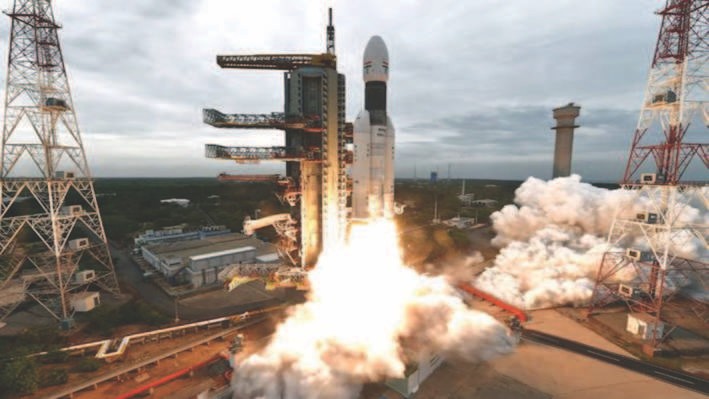
• At the time of Independence, an overwhelming percentage of Indian children were not getting enough milk to drink as the total production in the country was just 17 milDELHI-MUMBAI INDUSTRIAL CORRIDOR lion tonnes in 1950-51. Thanks to the historic White Revolution, today India has emerged as the number one global milk producer, accounting for as much as 23 per cent of global production, with the total domestic output shooting up over 12 times from just 17 mt in 1950-51 to 210 mt today.
• Eggs production, just 1.83 billion in 1950, has spurted to 122.11 billion, pushing up the per capita availability significantly.
• At the time of Independence, India was not in a position to meet its own requirements, and there was no question of significant exports. In 1950-51, total exports were not more than $ 1.27 billion.
• During the last 75 years, the country has made tremendous progress on the infrastructure development front. In 1947, there were no proper roads connecting the entire country. During the last 75 years, a remarkable job has been done in constructing a well-connected network of highways which are constantly upgraded. There has been a seven-fold rise in highway construction from 1950-51 to 2021-22. The pace of annual construction of four-, six- and eight-lane national highways has increased by more than 300 per cent in recent years.
“India is changing,” says Prime Minister Narendra Modi. He adds, “In a New India, transformative changes are taking place in every sector and the key pillar of the country’s economic recovery is technology-led growth. We are supporting innovation in every sector.”
Maintaining that “in the year gone by, India accelerated the speed of reforms in various sectors and also created modern infrastructure,” Mr Modi adds, “We have to further accelerate the pace of development. The Covid-19 pandemic posed challenges, but it could not stall the growth process.”
According to the Prime Minister, as India enters the new year, the country needs to embark upon a new journey taking inspiration from the achievements of past years. Pointing out that the nation has made remarkable efforts in fighting the pandemic, he mentions the vaccination feat and arrangements for vulnerable sections of society during a difficult period. The government provided additional foodgrains for free to nearly 80 lakh people during the pandemic which cost Rs. 2.6 lakh crore. Now, the government is working relentlessly to strengthen the country’s medical infrastructure, including new oxygen plants, new medical colleges, wellness centres, the Ayushman Bharat Health Infrastructure Mission and the Ayushman Bharat Digital Health Mission in the direction of revamping infrastructure.
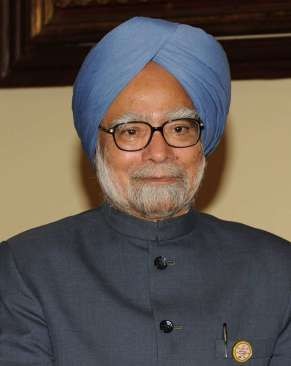
Pointing out that “this year we will complete 75 years of our Independence,” the Prime Minister adds, “This is the time to embark on a vibrant new journey as the country resolves to move forward with renewed vigour. Today, the country is moving forward with the mantra ‘Sabka Saath, Sabka Vikaas and Sabka Prayaas’. Many people are dedicating their lives to building the country.”
Referring to the state of the economy, the PM opines that India’s economy is the fastest growing globally and the world has taken note of the country’s economic strides, that too in the middle of a once-in-a-lifetime pandemic.
Maintaining that “today India, among other big economies, is the fastest growing,” the PM adds, “Our farmers produced a record quantity of foodgrains and over 80 crore people of the country were provided with free rations.” Noting a rise in the exports of the country, the PM says, “India has recorded the highest exports in various sectors, including agriculture, mobiles, software and defence. India is making its mark in defence exports as well. This is because of the country’s vision of ‘Atmanirbhar Bharat’.
Referring to his new brainchild, ‘PM Gati Shakti National Master Plan’, Mr Modi says, “This will encompass economic transformation, seamless multi- modal connectivity and logistics efficiency.” According to him, from manufacturing to the service sector under the ‘Atmanirbhar Bharat’ campaign, India is now becoming part of the global value chain. “Our big focus is on MSMEs and textiles – labour-intensive sectors. With a view to protecting micro, small and medium enterprises, the government has formulated a scheme worth Rs 3 lakh crore. Likewise, for the first time under Svanidhi Yojana, our street vendors are getting loans and are benefitting from digital transactions.” As regards the current year, Prime Minister Modi reveals that “the government expects the Indian economy to grow by 7.5 per cent this year. The value of the Indian digital economy will reach the $ 1 trillion mark by 2025.”

Dr. Manmohan Singh
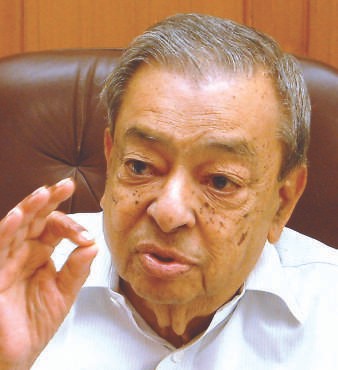
Dr. Verghese Kurien
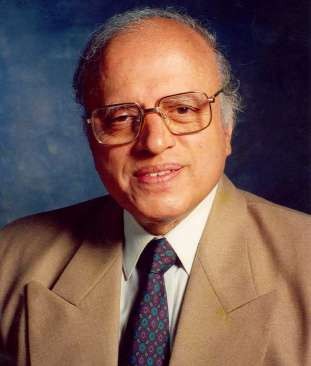
Dr. M S Swaminathan
• India, which was a woefully power-deprived country in 1947, has turned into a power-surplus nation, with total installed capacity of 3,70,106 GWH compared to just 1.362 GWH at the time of Independence. Today, almost all households in the country have the benefit of power supply.
• The automobile industry has made rapid strides. The numbered of registered vehicles has skyrocketed from just 3 lakh in 1951 to nearly 300 million. This spurt indicates improved accessibility and quality of transport for citizens. The number of registered vehicles in India has grown a compounded annual growth rate of 9.91 per cent over the past few decades.
• Air travel was considered a niche luxury at the time of Independence. Today, passenger traffic at airports has increased sharply, registering a massive 30-fold growth. Today, India has become the third largest domestic aviation market globally.
• When India gained independence from the British yoke, an overwhelming population of the country was illiterate – unable to even read and write. In 1950, only 2 out of 10 Indians were literate. Even as the total literacy rate in India was just over 18 per cent, the female literacy rate was an abysmally low 8.86 per cent. In 2022, the figures have nearly reversed. From a literacy rate of mere 18 per cent in 1951 to 74.4 per cent, India has come a long way in establishing itself as a well-educated nation.
• Even in higher education, India has made rapid strides. Today India has 1,043 universities and over 42,000 Dr. Manmohan Singh Dr. Verghese Kurien Dr. M S Swaminathan colleges. Back in 1950, India had only 27 universities and 578 colleges. Today student enrolment has grown 11.4 per cent from 2015-16 to 2019-20. The country has made very good progress in the field of medical education. In 1950, the country had all of 28 medical colleges. Today, the number of medical colleges has grown to 550 colleges and 64 standalone PG institutes. Besides government colleges, private sector colleges have also come up in this field. The number of doctors in the country has grown phenomenally, from around 61,000 in 1951 to over 13 lakh at present.
What is more, the average life expectancy of an Indian male in 1951 was 37.2 years. It now stands at 68.2 years. For females, the life expectancy has shot up from 36.2 years to 70.7 years.
Thus, during the last 75 years, the country has done remarkably well and has now emerged as the world's sixth largest economy by GDP. But this growth has been punctuated by many ups and downs. In order to lay a solid foundation for the economy, the country's first Prime Minister, Jawaharalal Nehru, adopted a socialist model of development. Unfortunately, instead of looking beyond the model after the first five years, he continued with it and the consequent licence-quota-permit raj crippled the country's economy.
Fortunately, in 1991 the Narasima Rao-Dr Manmohan Singh combine ushered in an era of liberalisation and globalisation. The dismantling of the licence-permit-quota raj opened the floodgates for growth. In fact, Dr Manmohan Singh's policies led to a far-reaching revolution in the Indian economy, catapulting the country from a poor and backward one to one of the fastest growing economies in the world.
If Dr Manmohan Singh revitalised the industrial economy of the country, Dr Swaminathan, the father of the Green Revolution, revolutionised the agriculture sector. The country, which was not producing enough foodgrains to feed its own people, not only reversed the trend but also exported its surplus foodgrains production to other countries. Another revolution by Dr Verghese Kurien, who made India the largest producer of milk in the world, contributed significantly in giving a big boost to the rural economy.
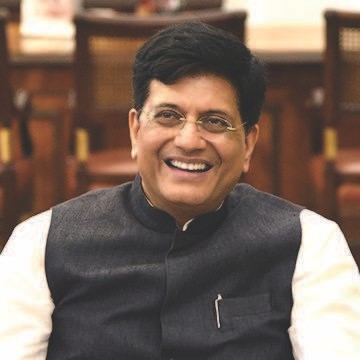
“On the 75th Independence Day, the Indian economy is in fine fettle and it is on the path to becoming a $ 30 trillion economy in the next 30 years from the current level of 3 to 3.5 trillion dollars,” maintains Piyush Goyal, Union Commerce and Industry Minister. According to him, “we will shortly reach the $ 5 trillion mark and then we are well-poised to aspire to be a $ 30 trillion economy in the next 30 years on the back of strong GDP growth. What is more, to achieve this does not need any rocket science. All it needs is understanding the power of our demographic dividend, the youth power and the power of democracy which India proudly represents.” And at the compounded annual growth rate of 8 per cent, the goal of a $ 30 trillion economy can be achieved without much difficulty, Mr Goyal believes.
His arithmetic is simple. He elaborates, “If India grows at 8 per cent every year on a compounded annual growth basis, the economy will double in about 9 years’ time to $ 6.6 trillion and in 18 years from now, it could be $ 13 trillion. And 27 years from now, the economy’s growth can be calculated at $ 26 trillion; hence, after 30 years, it can be confidently stated that India will be a $ 30 trillion economy.”
Pointing out that the domestic textile industry has huge potential to generate jobs in the coming years, Mr Goyal says the Centre is working actively with various countries to finance free trade agreements (FTAs) which will give zeroduty access to India’s textile sector in the world market.
Announcing that the government has launched ONDC (Open Network for Digital Commerce), the Minister adds that this has the potential to break barriers by enabling and empowering customers to engaged with sellers of their choice seamlessly. The current e-commerce platforms are restrictive and favour producers of the platform developers’ choice, but through ONDC, MSMEs and start-ups can harness opportunities provided by digital advancement in connecting with their customers, Mr Goyal points out.
Current Prime Minister Narendra Modi has initiated several imaginative policies of far-reaching significance. These include 'Make in India', promoting micro-small-medium enterprises and encouraging start-ups. India is the fifth largest manufacturer in the world and the second most sought-after. The government's boost to the MSME sector over the last few years will go a long way in encouraging local manufacturing. India's focus on local semiconductor manufacturing also comes at a time when global chip shortages are slowing down businesses - even domestically. The country now has the ability and resources to go beyond just assembling electronic aggregates and truly innovate with products. As it stands, a large amount of global R&D happens in the country, and while India does have some wellrecognised product startups, they are far fewer than the country is capable of.
The startup sector is where the country is more likely to see standout products, at least in the short term. Last year, India minted its 100th unicorn, behind only the US and China. Nearly half of them have entered the unicorn club since 2021.
The government wants this number of unicorns to grow to 1,000 in quick order. Says the Prime Minister Modi, "We must encourage the inherent entrepreneurial spirit of fellow-Indian citizens and build a culture where creating value is encouraged, risk-taking is rewarded and entrepreneurial mindsets are nurtured. Jobs shouldn't be the default career choice and start-ups should be a viable career option." The Prime Minister is both realistic and optimistic when he observes, "As a country, India continues to face challenges on many fronts - food security, housing, employment and public health remain sectors where the country can do and achieve much more. But it is the unrelenting spirit of the entrepreneurs of India that gives me hope for the new Bharat - one that gets its rightful due beyond the city limits of the metros." The common man of the country can and should say 'Jai Hind' to his vision.
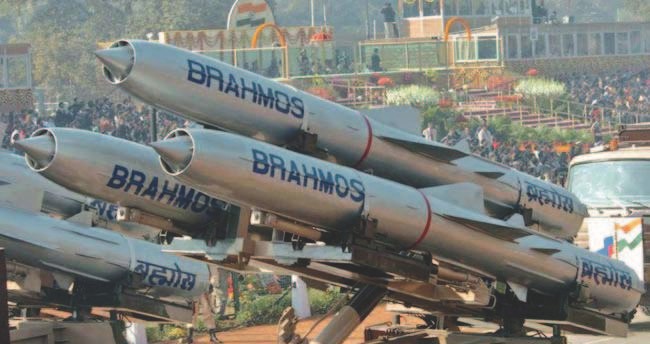
From a 'sorry state of India's combat preparedness' as claimed by former Army Chief General V.K. Singh and the Parliamentary Standing Committee admitting "critical shortages" in 2012, to now, India's armed forces have come a long way.
Defence and military affairs has been a key focus area of the Narendra Modi government over the last eight years and there is no doubt that the three Services - Army, Navy and the Air Force - are better equipped and more prepared to fight a conventional war than they were in 2014. The Modi government has gone in for several key purchases that were pending for years, simultaneously pushing for Atmanirbarta in the defence sector. Be it the new SiG 716 rifles from the US for the infantry, the Rafale jets from France for the Air Force or the Chinook heavy lift and Apache attack helicopters or the S 400 air defence system from Russia, the Modi government has pushed for better equipment.
And the big indigenous purchases include the K9 Vajra guns, which has added to the artillery fire power, besides the push for missile capabilities, both nuclear and conventional.
The government has also increased the financial powers given to the Service Headquarters to buy items they deem necessary without having to go through the long and convoluted procurement process filled with red tapism.

February 15, 2025 - First Issue

Industry Review

Want to Subscribe?
Read Corporate India and add to your Business Intelligence

![]() Unlock Unlimited Access
Unlock Unlimited Access
Lighter Vein

Popular Stories
Archives
